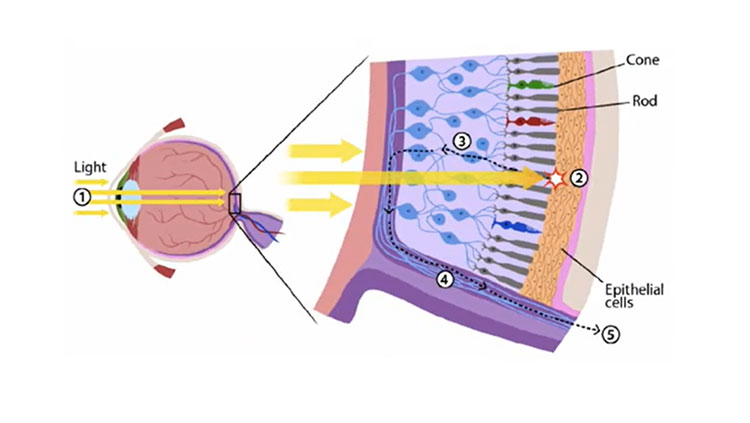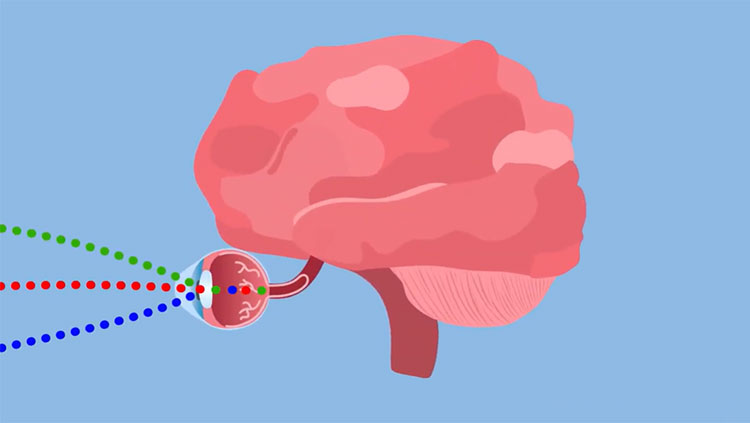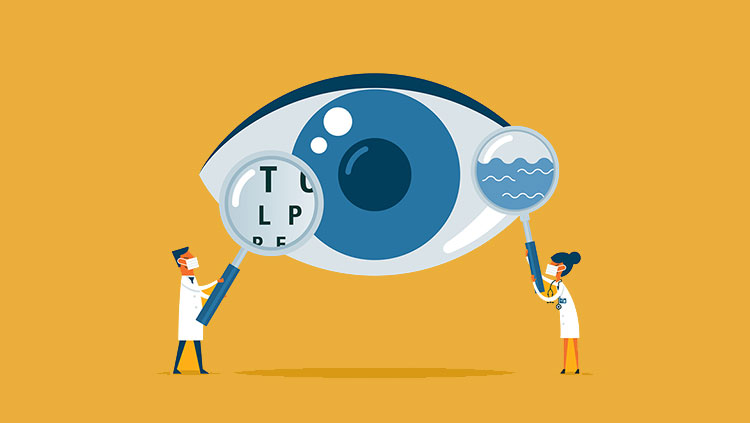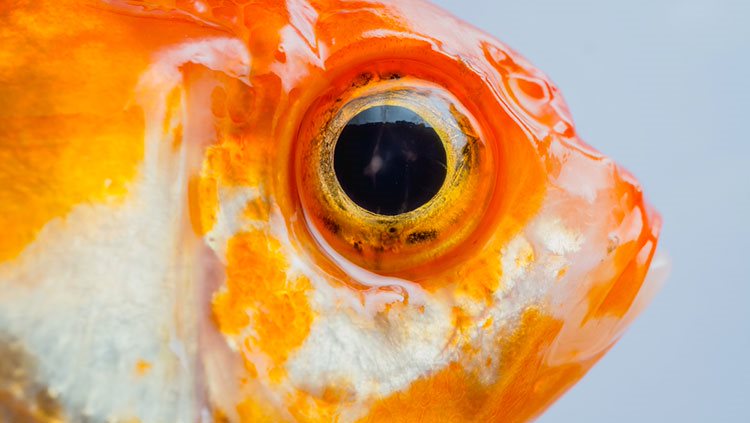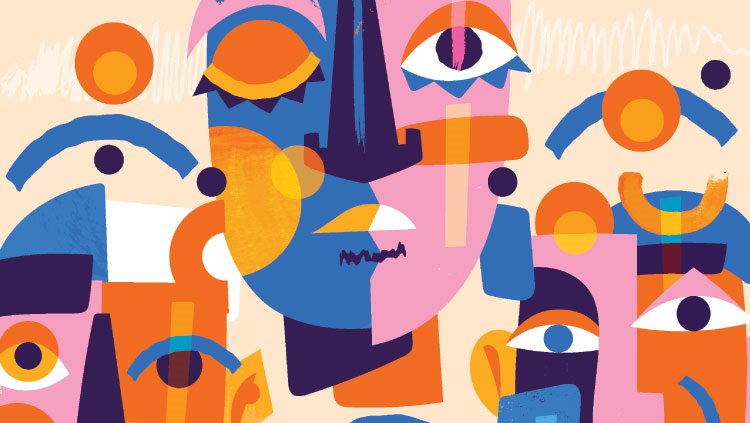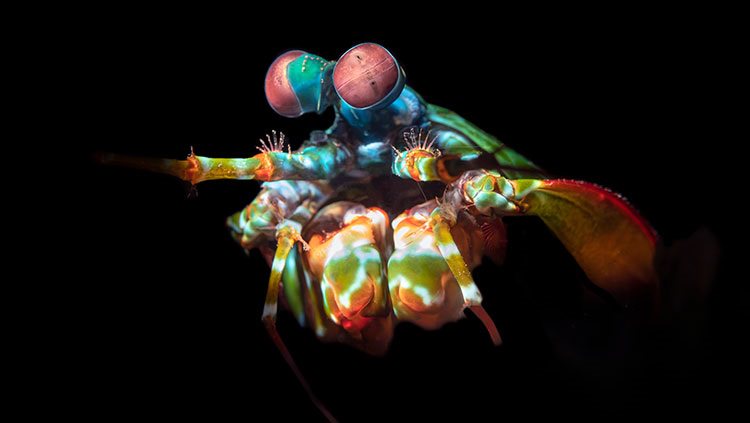The Society for Neuroscience has announced the winners of the 2015 Brain Awareness Video Contest. Anyone can enter and work with a member of the Society for Neuroscience in their area to produce an educational video about the brain.
The first place winner, Matthew Sugrim’s, video discusses our perception of color and poses the question: “Do We See The Same Red?” The video is a stunningly simple and colorful animation of the neurochemical process of sight, specifically how the brain turns photons into color. He insists that “it is complicated, but it’s not magic. Variations in the composition of cones in our eyes and the exact wiring of our brains may cause very slight variations in color perception.” Regardless, red really is the same red to everyone. Interestingly, many people have learned from the recent viral phenomenon of The Dress that lighting and color context can create much more variance in how people perceive color.
The second place video, “How Powerful Illusions Reveal Coding in Your Brain,” by Guillaume Riesen, discusses the afterimage, motion aftereffect, and other visual illusions that demonstrate a perceptual bias in the brain. Most people probably had an optical illusion book when they were a child (I had five) but never knew why they worked. He explains that “it seems to be using the relative activity of a population of detectors to decide what it’s seeing rather than reading off the activity of any one unit.” In other words, perception is not always accurate due to glitches in our visual system. A certain subset of detectors or neurons can become tired while other detectors become more active, also known as population coding.
In the third place video, “Your Sixth Sense,” by Alison and Micah Caldwell, proprioception or the “sense of the relative position of body parts and effort being put into movement” is touted as human being’s one true superpower. The video explains how our sixth sense uses a system beyond our other five senses involving muscle spindles, cutaneous mechanoreceptors, Golgi tendon organs, the vestibular system, and sensory neurons. To demonstrate how proprioception can be tricked, the narrator shows how to conduct the Pinocchio illusion: Place one finger on your nose and a vibrating toothbrush or phone on your bicep. Doing so tricks muscle spindles into thinking they are stretching out, making it seem like your nose is growing!
You too can participate in the contest by picking your favorite Brain Awareness videos—voting is open for the People’s Choice until September 29.
– Amanda Bastone
This article was originally posted by the Dana Foundation.
CONTENT PROVIDED BY
The Dana Foundation is a private philanthropic organization that supports brain research through grants and educates the public about the successes and potential of brain research.
Also In Vision
Trending
Popular articles on BrainFacts.org



